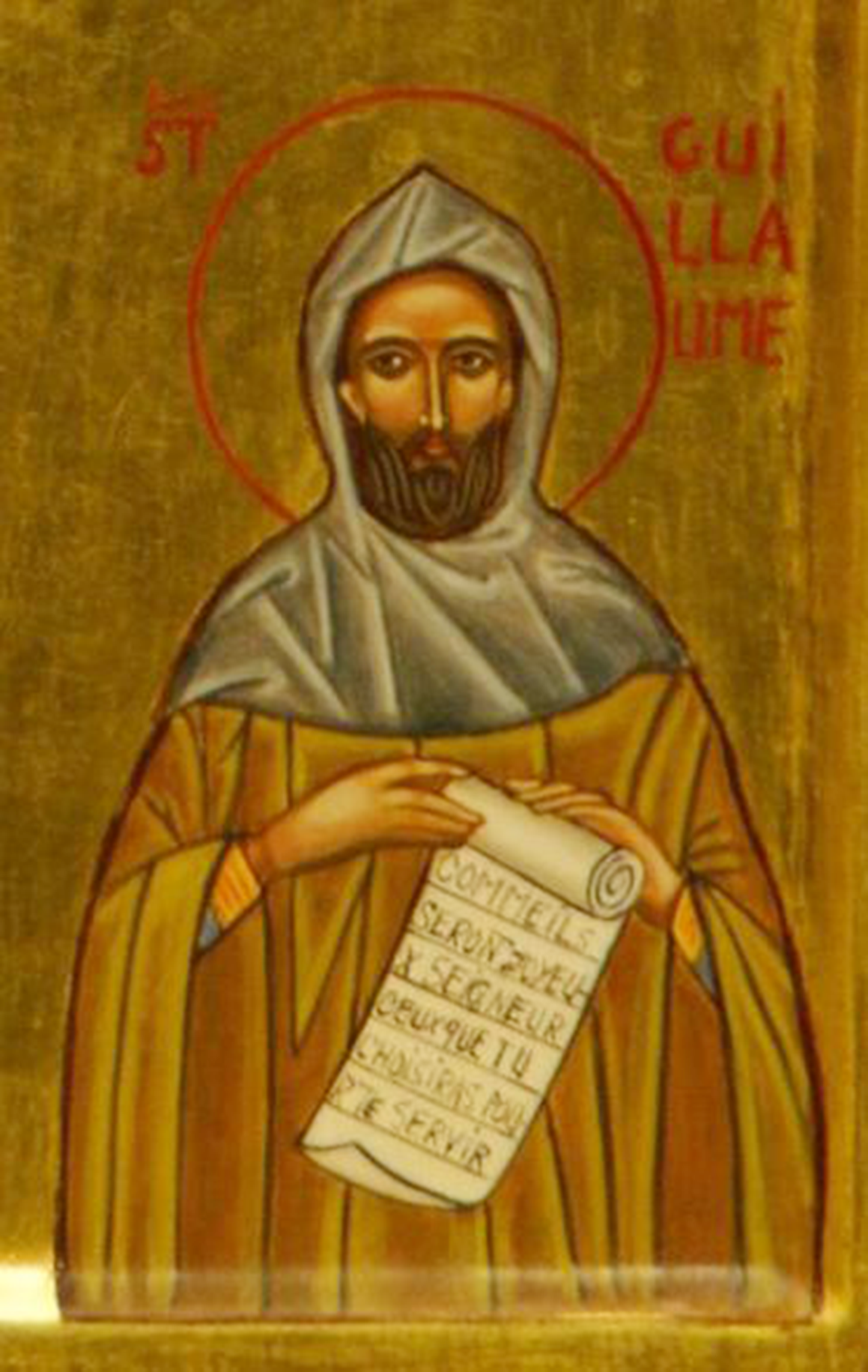Orthodox Saints of the Pre-Schism See of Rome

28th May
ÆMILIAN, ÆMILIUS, EMILIUS, FELIX, LUCIAN, and PRIAMUS, Martyrs of Sardinia, (Date Unknown), six Christians in Sardinia to whom a church is dedicated. Though most probably martyrs, nothing beyond their names is known.
CARAUNUS (CERAUNUS, CHERON) of CHARTRES, (Fifth Century), following the repose of his parents, St. Caraunus liquidated his estate and distributed all the proceeds to the poor. He then left the world and lived as a hermit. His reputation for holiness of life spread far and wide, eventually reaching the diocesan bishop, who then ordained St. Caraunus to the diaconate. The newly ordained deacon then dedicated the rest of his life to missionizing areas of Gaul (France) where the Faith has all but vanished. St. Caraunus was killed by bandits near Chartres (south-west of Paris).
CRESCENS, DIOSCORIDES, PAULUS (PAUL), and HELLADIUS of ROME, four devout Christians in Rome, who were scourged and then burned to death, circa 244, for preaching the Gospel.
GERMANUS (GERMAIN) of PARIS, ordained to the priesthood by St. Agrippinus of Autun (9th July), and elected Bishop of Paris in 554. By the good example of his life, St. Germanus brought many back to Christ, even Childebert I, King of Paris (r. 511–558) who had been living a life of sin. The King built the Abbey of St. Vincent and the Holy Cross/ abbaye Saint-Vincent et Sainte-Croix (later the Abbey of Saint-Germain-des-Prés / abbaye Saint-Germain-des-Prés) for St. Germanus, where King Childebert was buried following his repose in 561. St. Germanus continued as Bishop of Paris until his repose 576, and was buried in a forecourt chapel at the Abbey of St. Vincent, his relics were later translated to a place behind the altar of the abbey church.
JUSTUS of URGELL, (Sixth Century), the first recorded Bishop of Urgell in Catalonia (north-eastern Spain), St. Justus authored a commentary on the Song of Solomon, attended the Second Council of Toledo which was held in 527. St. Justus is one of the viri illustres whom St. Isidore of Seville (4th April) wrote a Life.
PODIUS of FLORENCE, consecrated the sixteenth Bishop of Florence (Italy) in 990, serving until his repose in 1002. St. Podius’ episcopate is remembered for the work he did for the good of his See.
SENATOR of MILAN, a Milanese priest who was sent as a Papal Legate to the Fourth Œcumenical Council in 451. St. Senator was consecrated the twenty-second Bishop of Milan (Italy) in 472 and was Prelate of that See until his repose in 480.
WILLIAM of GELLONE, the second Count of Toulouse (south-west France), St. William was a cousin of Charlemagne, King of the Franks (r. 768–814), grandson of Mayor of the Palace of Austrasia Charles Martel (†741), and a career soldier. Following his retirement, St. William founded the Gellone Abbey / abbaye de Gellone (later the Abbey of Saint-Guilhem-le-Désert / abbaye de Saint-Guilhem-le-Désert) in Hérault approximately 27 km/17 mi north-west of present-day Montpellier near the south coast of France. St. William reposed in 812.
Prior to the Schism the Patriarchate of Rome was Orthodox, and fully in communion with the Orthodox Church. As Saint John of Shanghai and San Francisco +1966 said “The West was Orthodox for a thousand years, and her venerable Liturgy is far older than any of her heresies”.
Details of British Saints excerpted from Orthodox Saints of the British Isles.
Details of continental saints from these sources.
In many cases there are several spelling versions of the names of saints from the British Isles. I use the Oxford Dictionary of National Biography version as the primary version with the more prevalent version in parenthesis e.g. Ceadda (Chad) of Lichfield.

